|
Di seguito tutti gli interventi pubblicati sul sito, in ordine cronologico.
Although guillotine-like apparatuses were used for executions in several European countries before France adopted it as its only legal method of execution during the French Revolution, the beheading machine is most commonly associated with this period in French history and is in fact named for the physician who was instrumental in having the National Assembly adopt it as France's preferred method of capital punishment, Joseph-Ignace Guillotin.

When was the last execution by guillotine in France?
Historians consider the papal bull Unam sanctam - which proclaimed that there is no salvation outside of the Church - to be one of the most extreme statements of papal spiritual supremacy ever made.

It stemmed from Pope Boniface VIII's ongoing feud with Philip the Fair of France over Philip's taxation of clerics without papal consent.
Unam sanctam thus emphasized that Catholic princes are subject to the pope in temporal and religious matters.
Pope Boniface VIII Issues Unam Sanctam in 1302. How did Philip respond to the bull?
Supranumit "regele visului" sau "regele lebada" de cei care l-au apreciat, el a ramas insa in istorie mai ales prin titulatura data de inamicii sai – "regele nebun", desi a fost niciodata supus unui control psihiatric care sa ateste acest fapt. Natura lui excentrica si mai ales neobisnuitele circumstante ale disparitiei sale au facut din Ludwig asa cum bine spunea un istoric german "un Kennedy al secolului XIX", o personalitate a carei viata si moarte vor fi probabil pentru totdeauna invaluite in mister.

Ratiune si simtire
Ludwig s-a nascut la castelul Nymphenburg (astazi aflat intr-o suburbie a orasului Munchen), ca fiu mai mare al printului mostenitor Maximilian si al sotiei acestuia, printesa Maria de Prusia. Cand avea doar doi ani, bunicul sau, Ludwig I, a fost detronat si Maximilian a devenit rege al Bavariei. Inca de mic, Ludwig a fost crescut in spiritul disciplinei si onoarei si a primit o educatie severa, pentru a fi pregatit in vederea responsabilitatilor care, ca viitor suveran, il asteptau.
Dar el era o fire sensibila si independenta si aceasta ingradire a sentimentelor, cauzata de atmosfera cazona, prusaca, in care a crescut, a fost fara indoiala responsabila de labilitatea lui psihica. Pe langa instrainarea de parintii sai, care au fost foarte reci fata de el, adolescentul va primi o noua lovitura in momentul in care printul Paul de Thurn-Taxis, cel mai bun prieten al sau, se va indragosti de o frumoasa aristocrata si va inceta sa-l mai viziteze. In aceasta atmosfera mohorata, singura raza de soare i-a adus-o verisoara lui, Elizabeta, viitoarea "Sissy", imparateasa a Austriei.
Un rege burlac, homosexual si... evlavios
Cand Ludwig implinise abia 18 ani, tatal sau moare subit, lasand tronul acestui tanar abia iesit din adolescenta, cu o infatisare de efeb visator, care era realmente adorat de supusii dar mai ales de supusele sale. Primul lui act a fost sa-l aduca pe compozitorul Richard Wagner la curtea din Munchen; masura l-a salvat pe genialul muzician, inglodat in datorii si este clar ca fara aceasta mana de ajutor, multe dintre operele wagneriene n-ar fi putut fi compuse.

In 1867, Ludwig s-a logodit cu sora mai mica a imparatesei Elizabeta, ducesa Sofia de Bavaria dar a amanat casatoria in mai multe randuri si a anulat angajamentul, in cele din urma, preferand sa ramana toata viata burlac. De fapt, preferintele sale sexuale se indreptau spre acelasi sex si marturie in acest sens sunt propriile pagini de jurnal, in care recunoaste relatiile furtunoase cu unii dintre cei mai chipesi barbati din regat – seful grajdurilor regale, Richard Hornig, actorul Josef Kainz si curteanul Alfons Weber. Totusi, el niciodata nu si-a recunoscut deschis homosexualitatea si a cautat din rasputeri sa si-o reprime, intrucat era, in mod paradoxal, un om deosebit de evlavios.
Palate ca-n povesti
Desi un mare iubitor de pace, regele Ludwig a fost obligat, prin tratatul incheiat cu Prusia, in 1867, sa lupte de partea prusacilor in razboiul cu Franta, din 1870-1871. La presiunea cancelarului Bismarck, el ii va scrie o depesa regelui Wilhelm I al Prusiei, rugandu-l sa ia coroana Imperiului German, desi stia ca aceasta initiativa va atrage dupa sine decaderea regatului Bavariei, unul dintre cele mai bogate si mai infloritoare state germane, pe un loc secund si va duce inevitabil la pierderea totala a independentei sale.
Ramas rege doar cu numele, dezamagit de faptul ca nu era suficient de puternic pentru a lupta impotriva "cancelarului de fier", Ludwig se va retrage, in 1880, in Alpii Bavarezi, unde va construi o serie intreaga de castele splendide: Neuschwanstein, Hohenschwangau, in cinstea legendelor nordice despre Lohengrin, Tristan si Isolda si Nibelungi, Linderhof si Herrenchiemsee, ridicate in stilul palatelor lui Ludovic XIV – Regele Soare, al carui admirator fidel suveranul bavarez era, poate si din pricina propriei sale neputinte de a fi un rege in toata puterea cuvantului.
"Ludwig n-a fost nebun"
Pe 10 iunie 1886, Ludwig a fost declarat in mod oficial incapabil de a-si mai exercita functiile, din cauza nebuniei, fiind obligat sa abdice de catre propriii sai ministri. Fratele mai tanar al tatalui sau, printul Luitpold, a fost complice la acest puci, fiind imediat declarat regent. Desi nu-l examinase niciodata pe Ludwig, psihiatrul Bernhard von Gudden l-a declarat suferind de schizofrenie paranoica, bazandu-se pe marturiile servitorilor din palat si ale adversarilor lui politici, care considerau excentricitatile suveranului drept dovezi clare ale nebuniei.

Istoricii moderni sunt convinsi ca de fapt Ludwig era perfect sanatos din punct de vedere psihic dar ca probabil multe dintre gesturile si deciziile sale erau influentate de abuzul de cloroform si alte droguri, pe care le lua pentru a scapa de durerile atroce de dinti ce-l chinuiau inca din copilarie! De altfel, insasi imparateasa Elisabeta va declara: "Ludwig n-a fost nebun, ci doar un visator, traind intr-o lume a lui. Daca oamenii din preajma lui l-ar fi tratat cu mai multa decenta si grija poate ca n-ar fi avut parte de un sfarsit atat de tragic."
O disparitie ciudata
Inchis in castelul de la Berg, pe malul lacului Starnberg, la sud de Munchen, regele prezenta inca teoretic un prilej de ingrijorare pentru uzurpatori, cu atat mai mult cu cat popularitatea acestui suveran nefericit era mare printre bavarezi. Este evident, asadar, sa ne gandim ca s-a incercat eliminarea lui fizica. In seara zilei de 13 iunie 1886, Ludwig a cerut pazitorilor sai permisiunea de a face o plimbare pe malul lacului, in compania profesorului Gudden. Renumitul psihiatru a fost de acord si le-a cerut garzilor sa nu-i insoteasca. Cei doi nu s-au mai intors insa niciodata la castel.
Cadavrele lor au fost gasite plutind, in apropierea tarmului, cu putin timp inainte de miezul noptii, de catre soldatii ingrijorati de lipsa prizonierului lor. Autoritatile au stabilit ca Ludwig se sinucisese, nu inainte de a-l strangula pe psihiatru. Dar imediat suspiciunile au inceput sa se iveasca. Ludwig nu manifestate niciodata tendinte de suicid, era un bun inotator si in plus in plamanii sai nu s-a gasit apa, ceea ce sugera ca fusese ucis si apoi aruncat in lac. Multi oameni politici ai vremii au fost incredintati ca era vorba de un asasinat si ca Ludwig fusese probabil impuscat, in timpul unei tentative nereusite de evadare sau poate chiar fara un motiv imediat.
Medicii germani au incercat sa puna moartea subita a fostului suveran pe seama unor cauze naturale – infarct sau accident vascular cerebral, dat fiind faptul ca efebul de odinioara se ingrasase peste masura in ultimii ani ai vietii. Inca de atunci, au existat voci care au cerut deshumarea cadavrului si efectuarea unei autopsii pertinente, care sa elimine orice dubiu privitor la moartea lui Ludwig, dar familia princiara s-a opus. Astazi, lucrurile stau la fel, intrucat descendentii lui Ludwig refuza sa permita savantilor studierea ramasitelor pamantesti ale acestuia.
"Examinarea osemintelor sale ar fi singurul mod in care Ludwig ar putea fi eliberat de stigmatul de criminal, aplicat pentru presupusa ucidere a doctorului Gudden. Personal, cred ca regele a fost asasinat", spune unul dintre cercetatorii implicati in acest proiect, Peter Glowasz. Dar, desi familia Wittelsbach, careia i-a apartinut si Ludwig al Bavariei, nu este de acord cu exhumarea fostului suveran din sarcofagul aflat in biserica Sf. Mihail din Munchen, o tehnologie de ultima ora ar putea permite rezolvarea enigmei fara ca odihna vesnica a regelui sa fie tulburata.
Denumita "virtopsie", aceasta metoda utilizeaza imageria de rezonanta magnetica si tomografia computerizata pentru a crea un "portret" tridimensional al cadavrului. Michael Thali, seful Institutului de Medicina Legala din Berna, unde tehnologia a fost inventata, spune ca, daca familia regala va fi de acord, s-ar putea face examinarea si s-ar observa daca exista vreo rana provocata de glont, asa cum s-a speculat decenii intregi.
Autor: Gabriel Tudor - Sursa: RevistaMagazin
HERE IS THE LINK to download the free of charge Pew Die Pie app for WP8.
Who or what the hell is PewDiePie? Let's hear it from the author: "Hey bros, my name is PewDiePie! I'm just a guy from Sweden who likes to laugh and make other people laugh. Sharing gaming moments..."

Felix Arvid Ulf Kjellberg (born 24 October 1989), better known by his online alias PewDiePie, is a Swedish video game commentator on YouTube. PewDiePie specializes in Let's Play videos of the horror and action video game genres. Since 15 August 2013, PewDiePie's channel has been the most subscribed channel on YouTube, being surpassed briefly in November and December 2013 by YouTube's Spotlight channel. Holding the position since 23 December 2013, the channel has reached over 32 million subscribers, as of November 2014. Additionally, his channel is one of the fastest growing YouTube channels, having grown from 3.5 million subscribers to 19 million in 2013.
***** Remember to press "..." to choose "Refresh" and "Go to Source" on the Video Details Area!

***** You can also use "..." to "Share", "Read" or "Pin to Start" an object of the application!
This app was created by ® TurismoAssociati.it/dBlog - Educate Yourself with Information © CC - Attribution - Non Commercial - Share Alike. Browse or download our free & certified applications for Windows Phone: http://bit.ly/1tl68yf

>>> Remember to press "..." to choose "Refresh" and "Go to Source" on the Video Details Area!
>>> You can also use "..." to "Share", "Read" or "Pin to Start" an object of the application!
HERE IS THE LINK to download the free of charge Pew Die Pie app for WP8.
Jacqueline Patterson was born with cerebral palsy, a congenital disorder that affects her motor functions. As a result of her condition, she suffers from a severe stutter and major pain and weakness on her right side. This video showcases the amazing effect of cannabis on her condition.
Cerebal Palsy is an umbrella term encompassing a group of non-progressive, non-contagious motor conditions that cause physical disability in human development, chiefly in the various areas of body movement - Wikipedia
At some point very early in life, either while a baby is still growing in the womb, during birth or shortly after, something happens to interfere with the normal development of the brain or to injure the brain tissues. This abnormal development or injury disrupts the nerve signals between the brain and the muscles, leading to problems with movement, posture and coordination as the child grows up. While some people are severely affected, others have only minor disruption, depending on which parts of the brain are not functioning properly. It's estimated that as many as 1 in every 400 children may have cerebral palsy. - BBC Health
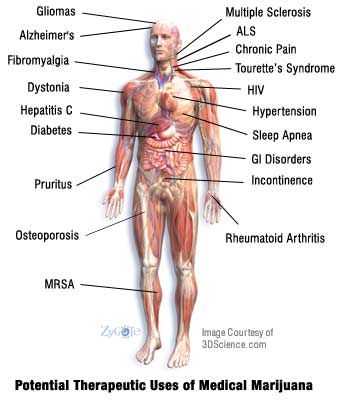
----------
Jacqueline Patterson, a Missouri mother of 4, has been in the media spotlight ever since she shared her story with the world in the 2007 documentary, In Pot We Trust. Patterson has suffered from cerebral palsy from a young age, a debilitating neuro-muscular disorder that has set the stage for her lifetime of struggles. Fortunately, this all changed after Patterson started smoking pot.
Patterson's diagnosis found her with painful muscle stiffness, as well as a severe speech impediment which restricted the pronunciation of her words to the point where they would literally seem stuck at the tip of her tongue. The condition normally affects body movement, muscle control, muscle coordination, muscle tone, reflex, posture and balance. People with cerebral palsy may also experience visual, learning, hearing, speech, epilepsy and intellectual impairments.
Jacqueline Patterson, mother of 4, says medical cannabis saved her and children's lives. Patterson believes that without it, she wouldn't be half the mother she is today.
Jacqueline Patterson, mother of 4, says medical cannabis saved her and children's lives. Patterson believes that without it, she wouldn't be half the mother she is today.
"I hate my speech so much," she said at her marijuana possession trial hearing in Missouri, The Pitch reports. "I drrr- … I dr- … I drove my husband to suicide, you know." The widow believes their arguments and her inability to forgive him for making fun of her stutter is what caused him to hang himself in their basement.
In 2007, Patterson almost lost custody of her children due to marijuana possession. In retaliation Patterson headed to California, where medical cannabis is legal, to plead her case with successful avail. Patterson says that marijuana has changed her life.
"I — I — I smoked cannabis for the first time when I was 14," Patterson said to the Pitch. "For the first time, my muscles were not tense. And words slid from my mouth, from gggghhh — from me at a fluid pace instead of sssss-stuck on my tongue like a g-ghh — like a train wreck."
Patterson says her medical smoking habit is mainly for her kids, so that she can be the mother they deserve her to be.
"I'd be half the mother I am without [marijuana] because I'd be in too much pain," she said. "I smoke to be the mother to my children that they deserve."
The video below showcases the powerful suppressing ability of medical cannabis on Patterson's cerebral palsy. Within seconds of smoking, her speech impediment drastically improves.
The fact that someone suffering from a debilitating condition ever has to face challenges treating their symptoms with cannabis is completely backwards. Any government willing to take someone's kids away for smoking a naturally occurring plant absolutely needs a re-evaluation from its people.
Today Patterson spends her time as a medical cannabis advocate living out of California. "It's been nice ... to not worry that I'm going to get a knock on the door for Child Protective Services," she said to legislators. "It's nice to not be treated like a criminal."
Although Patterson now lives without worry of losing her own children for her marijuana use, she knows this isn't yet the case for many others suffering from debilitating conditions across the U.S. and other parts of the world. Patterson continues to push for the extended legalization of medical cannabis with high hopes.
Do you know of anyone who has treated their cerebral palsy or debilitating condition with medical cannabis? Share your story with us below!
Source: collective-evolution
Just over half of rheumatology specialists believe cannabis or cannabis-based medicines can help in the treatment of rheumatic conditions like arthritis, according to a survey by the Canadian Rheumatology Association.
The results were published in the journal BMC Musculoskeletal Disorders.
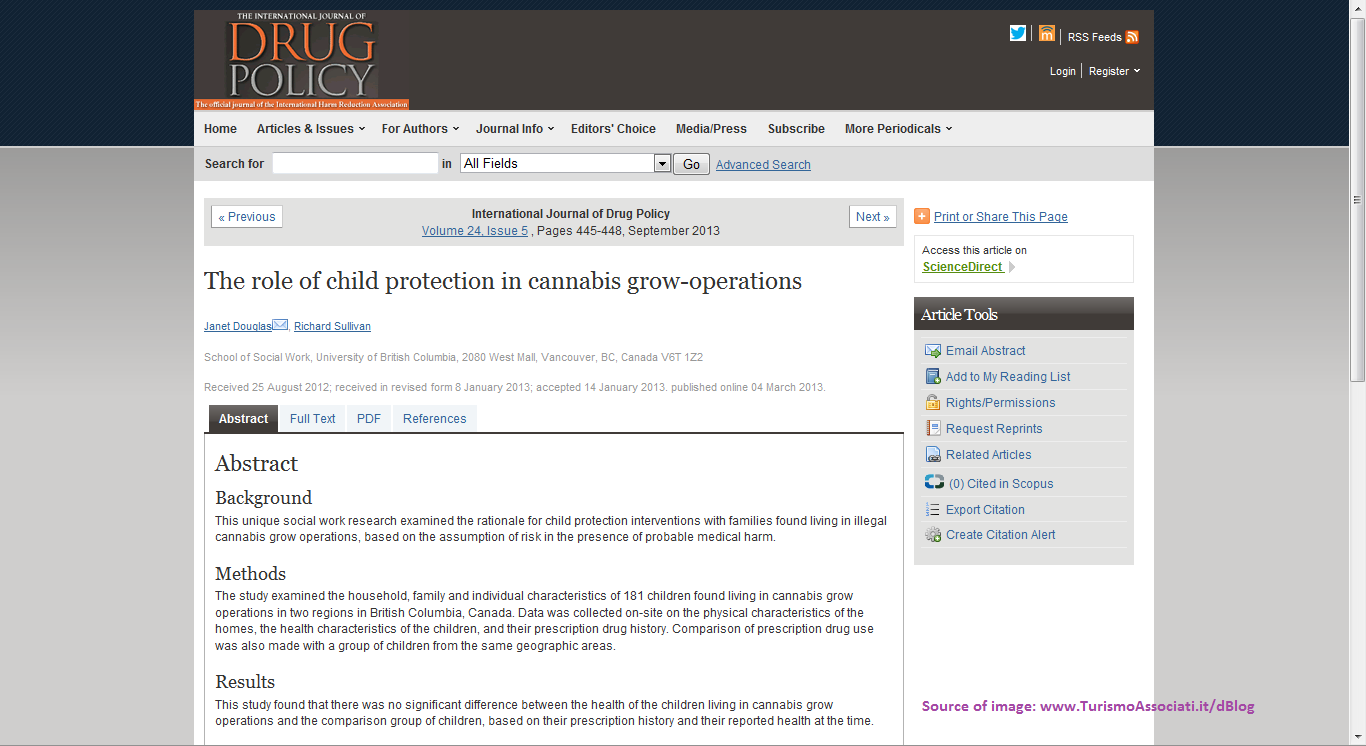
Of the 128 doctors that responded to the survey, 55% thought there was a role for cannabis or cannabinoids in treating rheumatic conditions. 45% said there was no role.
Despite the divide in opinion, the vast majority of respondents said they were unsure of how to prescribe cannabis.
Over 75% of respondents said they lacked confidence in their "current knowledge of the endocannabinoid system in health and disease." What's more, 90% of respondents said they would not feel confident writing a prescription that included dosing, frequency and method of administration.
Those that did feel confident recommending a dose offered 0.5-3 grams/day as a starting dose. A single dose per day was the most commonly recommended treatment schedule, with others suggesting 2-3 doses per day.
The lack of confidence among rheumatologists is concerning, conclude the authors of the survey, considering the widespread use of marijuana by patients with arthritis.
In 2013, federal data showed that more than half of Health Canada's 30,000 registered cannabis patients were using it to treat severe arthritis. Medical marijuana has been legal in Canada since 2001.
The authors conclude that the absence of human studies is likely a major factor in the lack of acceptance towards cannabis.
A survey by WebMD/Medscape earlier this year found a similar level of support (54%) for medical marijuana among rheumatology specialists in the U.S.
Source: LeafScience
For those unfamiliar with the juicing phenomenon, the process of making cannabis juice is surprisingly simple. All you really need is a blender/juicer and some raw material.
But what are the advantages of juicing raw cannabis? Here's a list of our top 5.
1. Avoid the High
While the downsides of getting high are often debated, the fact is that some people prefer their cannabis without psychoactive effects. This is where juicing comes in handy.
Since heat is required to convert the THCA in raw cannabis into THC, its psychoactive form, juicing provides a way of obtaining many of the benefits of cannabis without getting high.
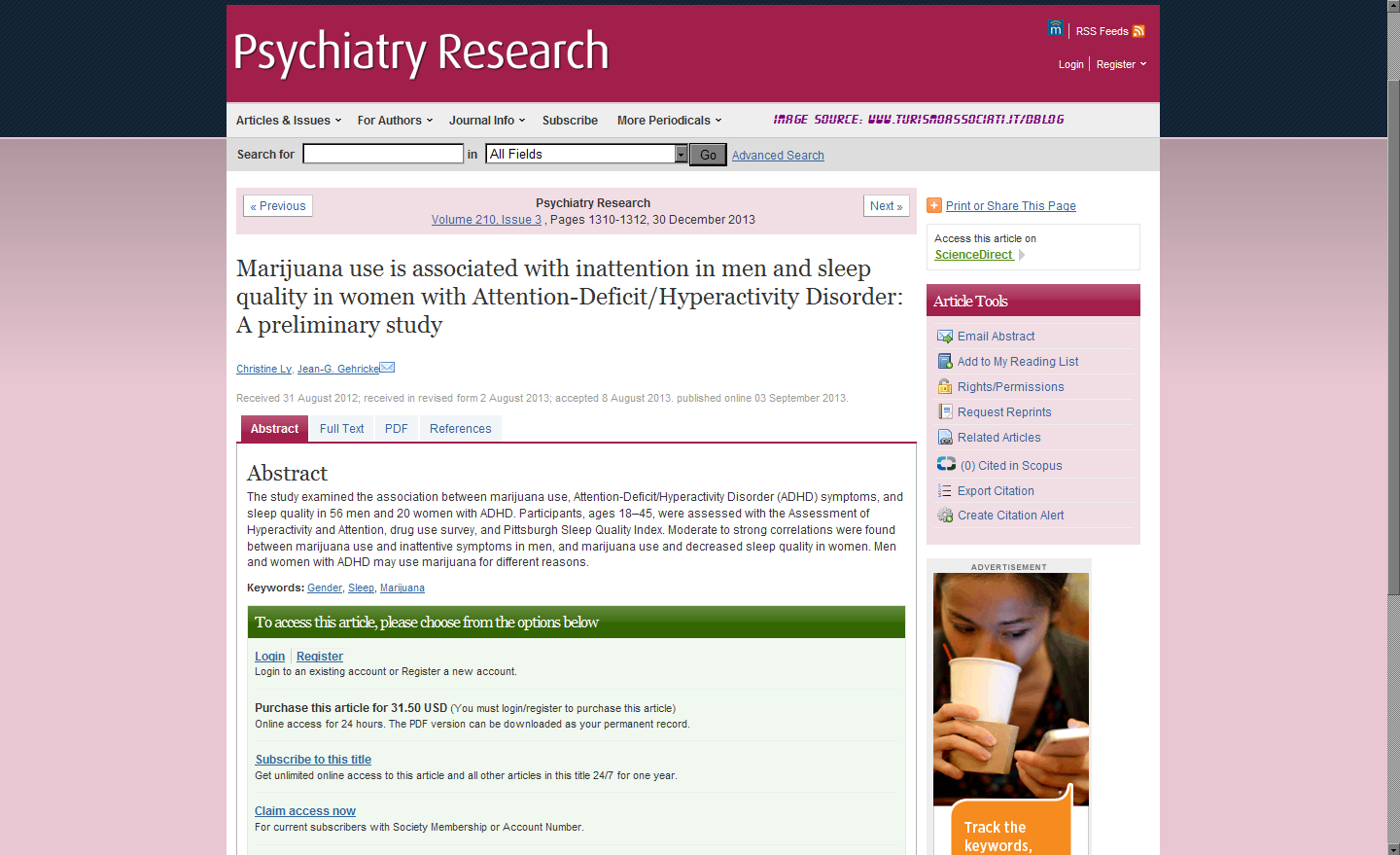
2. Ingest Higher Doses
Along the same line, not getting high makes it easier to take higher doses of cannabis and therefore more of its medical components, also known as cannabinoids.
One doctor who recommends juicing is Dr. William Courtney, founder of the Cannabis International Foundation. According to Dr. Courtney, THC can be taken in doses of hundreds of milligrams when in its acid form. However, once heated, the tolerable dose drops to 10 mg a day.
Cannabis juice also contains CBDA, the acid form of CBD.
3. Versatility
Cannabis juice can be mixed with a variety of other healthy ingredients to create delicious drinks perfect for any time of the day.
It's also easier to drink cannabis juice while at work, in the car and in other places where smoking or vaporizing might be inconvenient.
4. Avoid Smoking
Juicing, like vaporizing, allows you to avoid the negative effects of smoking.
Although cannabis smoke has not been linked to lung cancer, it can irritate the airways and lead to minor respiratory symptoms such as chronic bronchitis. Thus, juicing may even help you breathe a bit easier.
5. Prevent Disease
While cannabis is often seen as a treatment for chronic diseases, incorporating cannabis into your diet can be a great way to maintain health and prevent disease.
Cannabinoids have been shown to possess antioxidant, anti-inflammatory and neuroprotective properties, making them a powerful dietary supplement.
As Hippocrates, one of the most famous physicians in history once said: "Let food be thy medicine and medicine be thy food."
Source: LeafScience
The study, published July 9, 2014 in the journal Schizophrenia Bulletin, followed 110 individuals with a schizophrenia diagnosis over an 18 month period to determine whether cannabis use had an effect on their illness.
"There was no evidence of a specific association between cannabis use and positive symptoms, or negative symptoms, relapse or hospital admissions," wrote Christine Barrowclough, PhD, a professor of clinical psychology at the University of Manchester and the study's lead author.
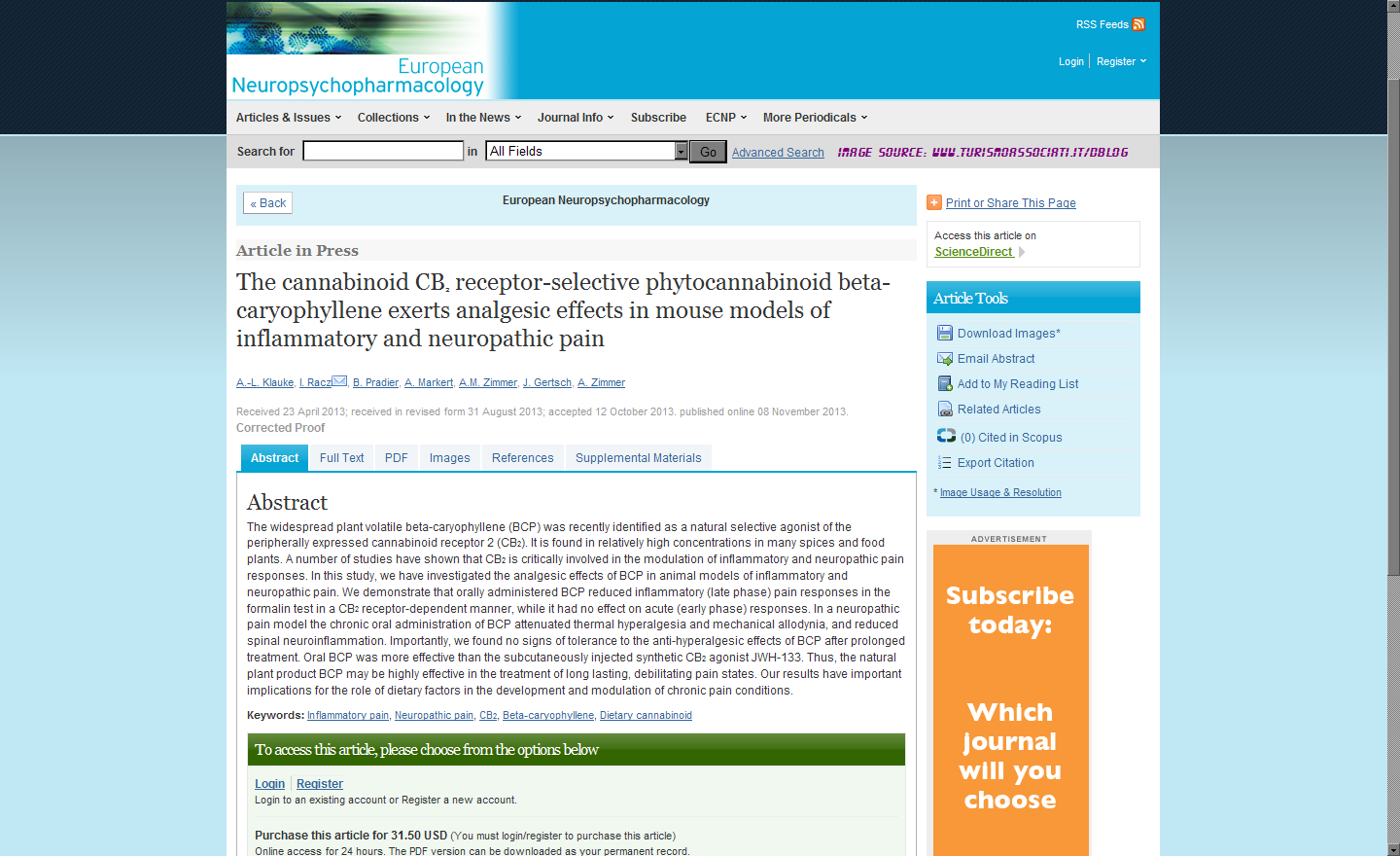
Symptoms in schizophrenia are split into two categories. Positive symptoms include hallucinations, delusions and unusual thoughts whereas negative symptoms include lack of pleasure, emotion and involvement in everyday life.
Scientists have long known that schizophrenics have higher rates of cannabis use than the general population. However, studies have provided conflicting evidence on whether marijuana use leads to better or worse outcomes in the long-run.
According to Dr. Barrowclough, the study was "methodologically robust" and one of the largest to investigate the subject to date.
Participants were recruited from five different treatment centres in England. The majority of patients were male, in their mid-20s and unemployed. Substance use was assessed at the start of the study and at 4.5, 9 and 18 months following. On average, participants used marijuana 4-5 days per week and consumed 1.3 grams per usage.
While cannabis use did not appear to have any direct impact on symptoms or outcomes in the current study, higher doses of cannabis were modestly associated with anxiety and poorer patient functioning. On the other hand, patients that used marijuana showed better functioning overall.
"Cannabis use was associated with an improvement in general functioning, a finding that was also evident in our earlier study with a sample of patients with longer illness history."
The contrast may indicate that the "impacts of cannabis on people with psychosis are quite complex and variable," offers the team. Interestingly, there is also some evidence that compounds in marijuana could be useful for treating the disorder.
The researchers conclude that further studies should be conducted to "take forward this clinically important area of study."
Source: LeafScience
With a rising number of patients seeking a prescription for marijuana, clinicians are increasingly faced with the dilemma of prescribing a treatment that lacks support or recommending patients not use a medicine that could benefit them in the long-run.
Most, out of caution, end up choosing the second option.
"It's understandable that physicians might be reluctant to prescribe cannabis, because there is not a great deal of evidence about its effectiveness for many of the conditions we'd like to use it for, or about its safety," says Dr. David Juurlink, who heads the division of clinical pharmacology and toxicology at Sunnybrooke Health Sciences Centre, a University of Toronto teaching hospital.
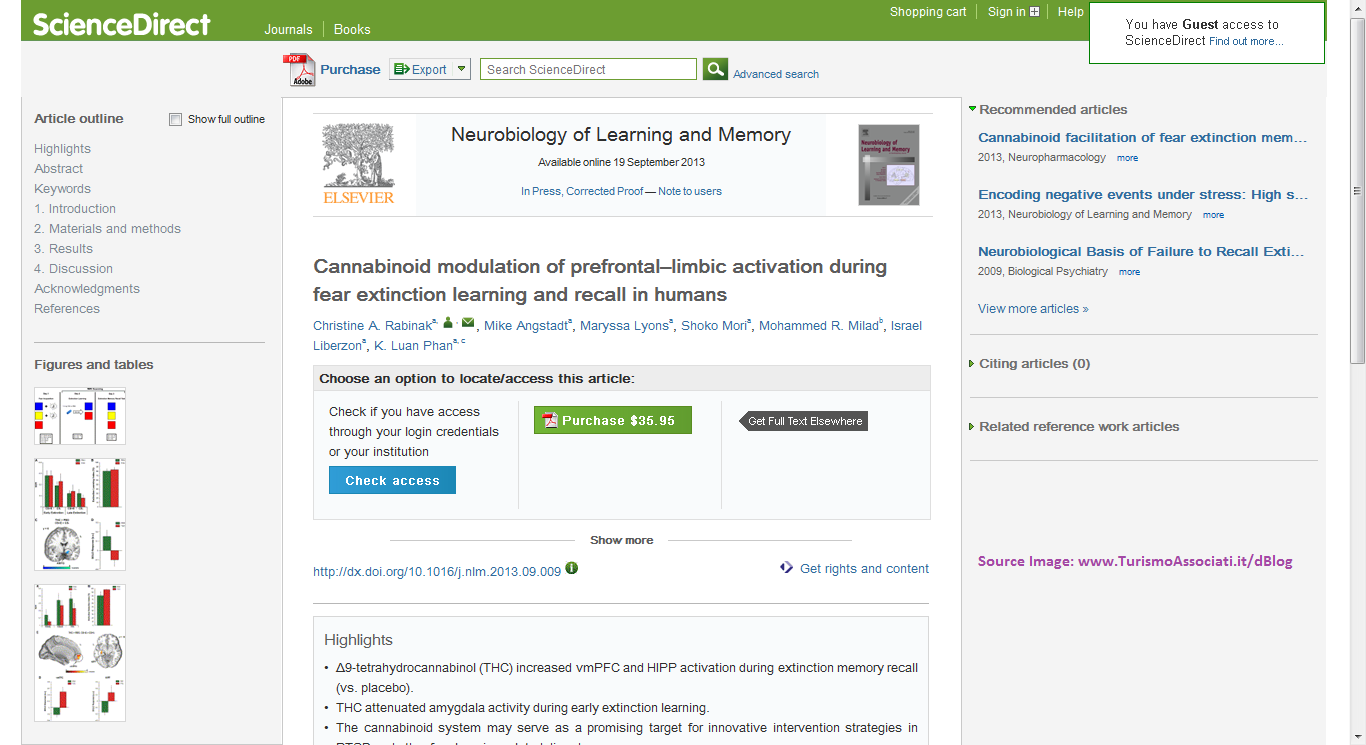
"It's understandable that physicians might be reluctant"
But deciding not to prescribe marijuana may not be erring on the side of caution, he says.
Indeed, despite a lack of evidence for cannabis, there also isn't much evidence against it. At least compared to the variety of potent pharmaceuticals commonly prescribed for pain.
"We consider them evidence-based therapies, but they really haven't been studied and documented for many patients in a way that shows that their benefits offset their risks," notes Dr. Juurlink.
"All drugs have toxicities, whether they are plant based or come from pharmacies. It's the case that the direct toxicities of drugs for pain — like Oxycontin or Fentanyl or anti-inflammatory drugs — are simply much greater than the toxicities of cannabis."
Patients who suffer from severe pain are often treated with opioid-based medicines and non-steroidal anti-inflammatory drugs (NSAIDs). But the dangers of these drugs have become increasingly apparent and experts are urging for an end to their loose prescribing.
Recent data ranks Canada as the second highest per-capita consumer of prescription opioids, second only to the U.S. In Ontario, the rate of opioid-related deaths doubled between 1992 and 2010, now totaling about 550 deaths a year.
"You can make a case to prescribe cannabis"
NSAIDs, while less acutely fatal, are known to cause intestinal bleeding and kidney problems when taken too regularly.
But can medical marijuana be safely prescribed as an alternative to painkillers? Dr. Juurlink seems to think so.
"I think the point that physicians, and perhaps patients, can take away is that you can make a case to prescribe cannabis to select patients. Especially when the patient tells you that it works for them and when prescribing it allows the patient to reduce their use of other noxious drugs."
Source: LeafScience
THC, or tetrohydrocannabinol, is the most recognized ingredient in cannabis. It is best known for causing the high that you get from using marijuana.
As a result, THC has also caused the most controversy surrounding the plant's medical use, with many health professionals citing the high as a drawback.
However, while compounds like cannabidiol (CBD) have started to gain favor due to their lack of psychoactivity, decades of research have revealed a number of medical benefits unique to THC. Here is a list of 7 of them:
1. Pain Relief
One of the most common uses of medical marijuana is for pain relief. And as it turns out, THC is the ingredient in marijuana responsible for its pain-relieving effects.
Studies show that THC activates pathways in the central nervous system which work to block pain signals from being sent to the brain. Likewise, cannabis has been shown to be especially effective against neuropathic pain, or nerve-related pain.
2. PTSD
Post-traumatic stress disorder (PTSD) is another common reason to use medical marijuana. Interestingly, the high from THC is also associated with temporary impairments of memory.
While this may be seen as a drawback for some marijuana users, impaired memory is often therapeutic for those who struggle to forget painful memories, such as patients who suffer from PTSD. Recent studies confirm that oral doses of THC can help relieve a variety of PTSD-related symptoms including flashbacks, agitation and nightmares.
3. Nausea and Vomiting
THC has been available in pill form for treating nausea and vomiting in cancer patients since the 1980s.
Marinol, a pill containing synthetic THC, was the first THC-based medication to be approved by the FDA for this purpose. Since then, other THC pills have been developed and prescribed to patients undergoing chemotherapy, including a pill called Cesamet.
4. Appetite Stimulant
Along with its ability to reduce nausea, THC is known to work as a powerful appetite stimulant in both healthy and sick individuals. Similarly, Marinol and Cesamet are regularly prescribed to boost appetite in patients with cancer and HIV-associated wasting syndrome.
A number of studies conducted with Marinol suggest that THC can also stimulate weight gain in anorexia.
5. Asthma
Treating asthma may not seem like an obvious use for medical marijuana. But as it turns out, THC's ability to improve breathing in asthmatics is supported by research dating back to the 1970s.
Following trials that showed smoking marijuana could help calm asthma attacks, scientists tried (and failed) to develop an inhaler that could deliver THC. While the THC inhaler idea was ultimately abandoned, some say modern-day vaporizers might be the solution.
6. Glaucoma
Another benefit of THC recognized early on was its potential to relieve eye pressure in patients with glaucoma.

Likewise, after studies in the 1970s showed that smoking marijuana could reduce symptoms in glaucoma sufferers, scientists tried (and failed again) to develop a way to administer THC in eye drops. The idea proved too complicated due to the fact that THC is not soluble in water.
While some glaucoma patients rely on medical marijuana to this day, The American Glaucoma Society maintains the position that its effects are too short-lived (lasting 3-4 hours) to be considered a viable treatment option.
7. Sleep Aid
Many are aware of the sleep-inducing effect of marijuana, and research shows that THC is largely responsible. In fact, trials conducted in the 1970s found that oral doses of THC helped both healthy individuals and insomniacs fall asleep faster.
Interestingly, more recent studies suggest THC may also improve nighttime breathing and reduce sleep interruptions in those who suffer from a common disorder known as sleep apnea. Researchers are currently working to develop a THC-based medicine for treating the condition.
Source: LeafScience
|